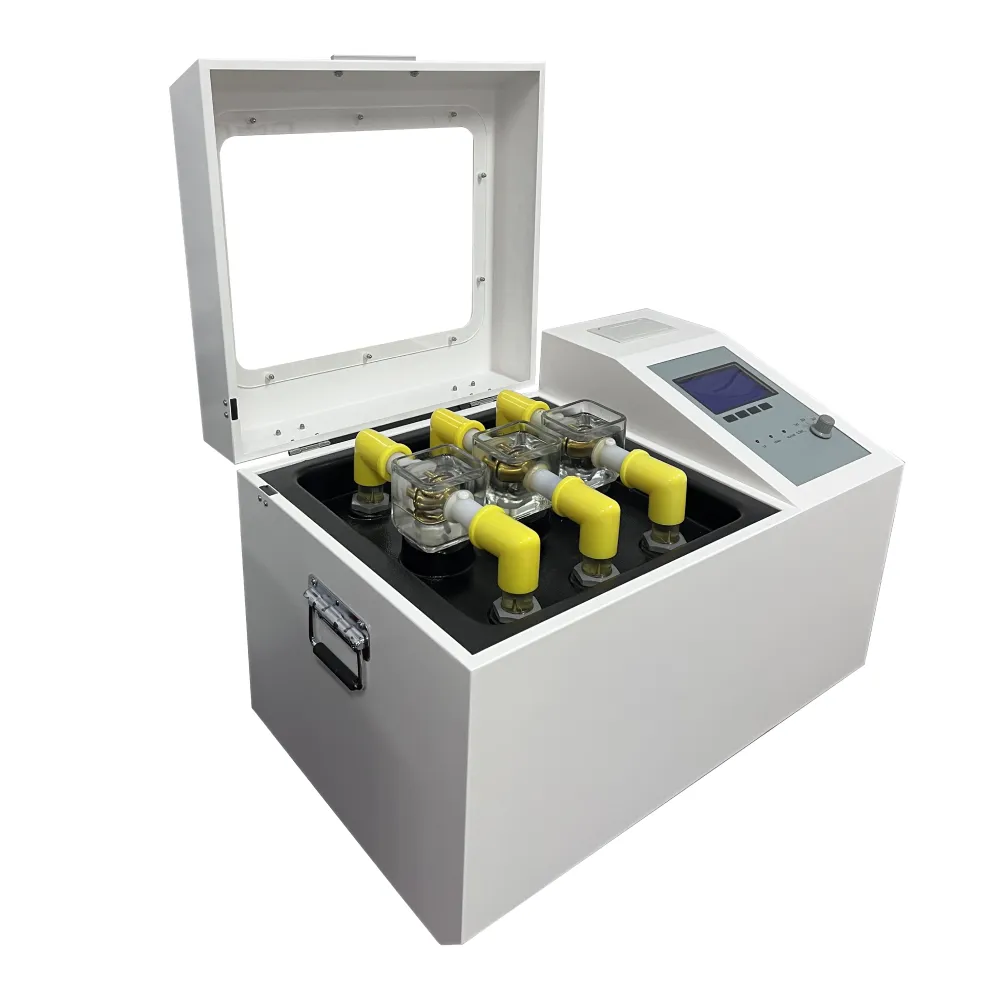 English
English



-
 Afrikaans
Afrikaans -
 Albanian
Albanian -
 Amharic
Amharic -
 Arabic
Arabic -
 Armenian
Armenian -
 Azerbaijani
Azerbaijani -
 Basque
Basque -
 Belarusian
Belarusian -
 Bengali
Bengali -
 Bosnian
Bosnian -
 Bulgarian
Bulgarian -
 Catalan
Catalan -
 Cebuano
Cebuano -
 China
China -
 China (Taiwan)
China (Taiwan) -
 Corsican
Corsican -
 Croatian
Croatian -
 Czech
Czech -
 Danish
Danish -
 Dutch
Dutch -
 English
English -
 Esperanto
Esperanto -
 Estonian
Estonian -
 Finnish
Finnish -
 French
French -
 Frisian
Frisian -
 Galician
Galician -
 Georgian
Georgian -
 German
German -
 Greek
Greek -
 Gujarati
Gujarati -
 Haitian Creole
Haitian Creole -
 hausa
hausa -
 hawaiian
hawaiian -
 Hebrew
Hebrew -
 Hindi
Hindi -
 Miao
Miao -
 Hungarian
Hungarian -
 Icelandic
Icelandic -
 igbo
igbo -
 Indonesian
Indonesian -
 irish
irish -
 Italian
Italian -
 Japanese
Japanese -
 Javanese
Javanese -
 Kannada
Kannada -
 kazakh
kazakh -
 Khmer
Khmer -
 Rwandese
Rwandese -
 Korean
Korean -
 Kurdish
Kurdish -
 Kyrgyz
Kyrgyz -
 Lao
Lao -
 Latin
Latin -
 Latvian
Latvian -
 Lithuanian
Lithuanian -
 Luxembourgish
Luxembourgish -
 Macedonian
Macedonian -
 Malgashi
Malgashi -
 Malay
Malay -
 Malayalam
Malayalam -
 Maltese
Maltese -
 Maori
Maori -
 Marathi
Marathi -
 Mongolian
Mongolian -
 Myanmar
Myanmar -
 Nepali
Nepali -
 Norwegian
Norwegian -
 Norwegian
Norwegian -
 Occitan
Occitan -
 Pashto
Pashto -
 Persian
Persian -
 Polish
Polish -
 Portuguese
Portuguese -
 Punjabi
Punjabi -
 Romanian
Romanian -
 Russian
Russian -
 Samoan
Samoan -
 Scottish Gaelic
Scottish Gaelic -
 Serbian
Serbian -
 Sesotho
Sesotho -
 Shona
Shona -
 Sindhi
Sindhi -
 Sinhala
Sinhala -
 Slovak
Slovak -
 Slovenian
Slovenian -
 Somali
Somali -
 Spanish
Spanish -
 Sundanese
Sundanese -
 Swahili
Swahili -
 Swedish
Swedish -
 Tagalog
Tagalog -
 Tajik
Tajik -
 Tamil
Tamil -
 Tatar
Tatar -
 Telugu
Telugu -
 Thai
Thai -
 Turkish
Turkish -
 Turkmen
Turkmen -
 Ukrainian
Ukrainian -
 Urdu
Urdu -
 Uighur
Uighur -
 Uzbek
Uzbek -
 Vietnamese
Vietnamese -
 Welsh
Welsh -
 Bantu
Bantu -
 Yiddish
Yiddish -
 Yoruba
Yoruba -
 Zulu
Zulu
hipot power supply
Understanding Hipot Power Supply Importance and Applications
In the world of electrical engineering, a thorough understanding of safety and performance is essential. One of the critical tools utilized for ensuring the safety and functionality of electrical devices is the High Potential Test or hipot test. Central to this process is the hipot power supply, a specialized device designed to perform high voltage testing and thereby guarantee that electrical components can withstand operational stresses without failure.
What is a Hipot Test?
A hipot test involves applying a high voltage to an electrical device for a specified duration. The primary goal of this test is to identify any insulation weaknesses that could lead to electrical leakage or breakdown. During this procedure, the hipot power supply generates a voltage typically between 500 volts to several thousand volts, depending on the specifications of the device under test (DUT).
The Role of Hipot Power Supply
The hipot power supply is crucial for conducting these high voltage tests. It is engineered to deliver a stable, high voltage output while maintaining a low leakage current. Safety is paramount, and a well-designed hipot power supply ensures that operators are insulated from the high voltage during testing. These units also feature built-in protective mechanisms to prevent any dangerous situations, such as automatic shutdown in case of faults or abnormal readings.
Applications of Hipot Power Supply
1. Electrical Equipment Testing One of the most common uses of the hipot power supply is in the testing of various electrical devices, like transformers, motors, cables, and circuit breakers. Ensuring these components can operate safely under stress is critical to the reliability of electrical systems.
hipot power supply

2. Manufacturing In manufacturing environments, hipot testing is often incorporated into the production line. It is used to verify that products meet safety standards before they are shipped to consumers. This testing ensures that devices perform as expected and comply with regulatory requirements.
3. Compliance Testing Many industries are governed by strict safety regulations, and hipot testing is a requirement for compliance. Industries such as healthcare, automotive, and aerospace rely on these tests to ensure that their products are safe for use under a variety of conditions.
4. Research and Development Engineers also make use of hipot power supplies in R&D environments. By testing prototypes, they can identify weaknesses in insulation material or design flaws before moving to production.
Key Features of Hipot Power Supply Units
When choosing a hipot power supply, some key features to consider include
- Voltage Range The unit should support the necessary voltage levels for the intended applications. - Output Stability A stable output is critical for reliable testing results. - Safety Features Look for supplies with safety interlocks, emergency shutdowns, and grounding features to protect operators. - User Interface A clear and intuitive UI can significantly enhance the usability of the device, enabling quick adjustments and clear readings during testing.
Conclusion
The hipot power supply plays an integral role in the electrical engineering landscape, ensuring that devices are safe for consumer use. By enabling high voltage testing, these power supplies help manufacturers, engineers, and quality assurance professionals ensure that their products can withstand the rigors of everyday use. As technology advances and the complexity of electrical systems increases, the importance of reliable hipot testing will continue to grow, underscoring the indispensable nature of the hipot power supply in promoting safety and compliance in the electrical industry.
-
Using Distillation Range Testers in the Food and Beverage IndustryNewsApr.16,2025
-
The Impact of IoT on Distillation Range Tester PerformanceNewsApr.16,2025
-
The Best Distillation Range Testers for Extreme ConditionsNewsApr.16,2025
-
How Distillation Range Testers Save Time and MoneyNewsApr.16,2025
-
Distillation Devices for Advanced Separation TechniquesNewsApr.16,2025
-
Common Mistakes to Avoid When Using a Distillation Range TesterNewsApr.16,2025



